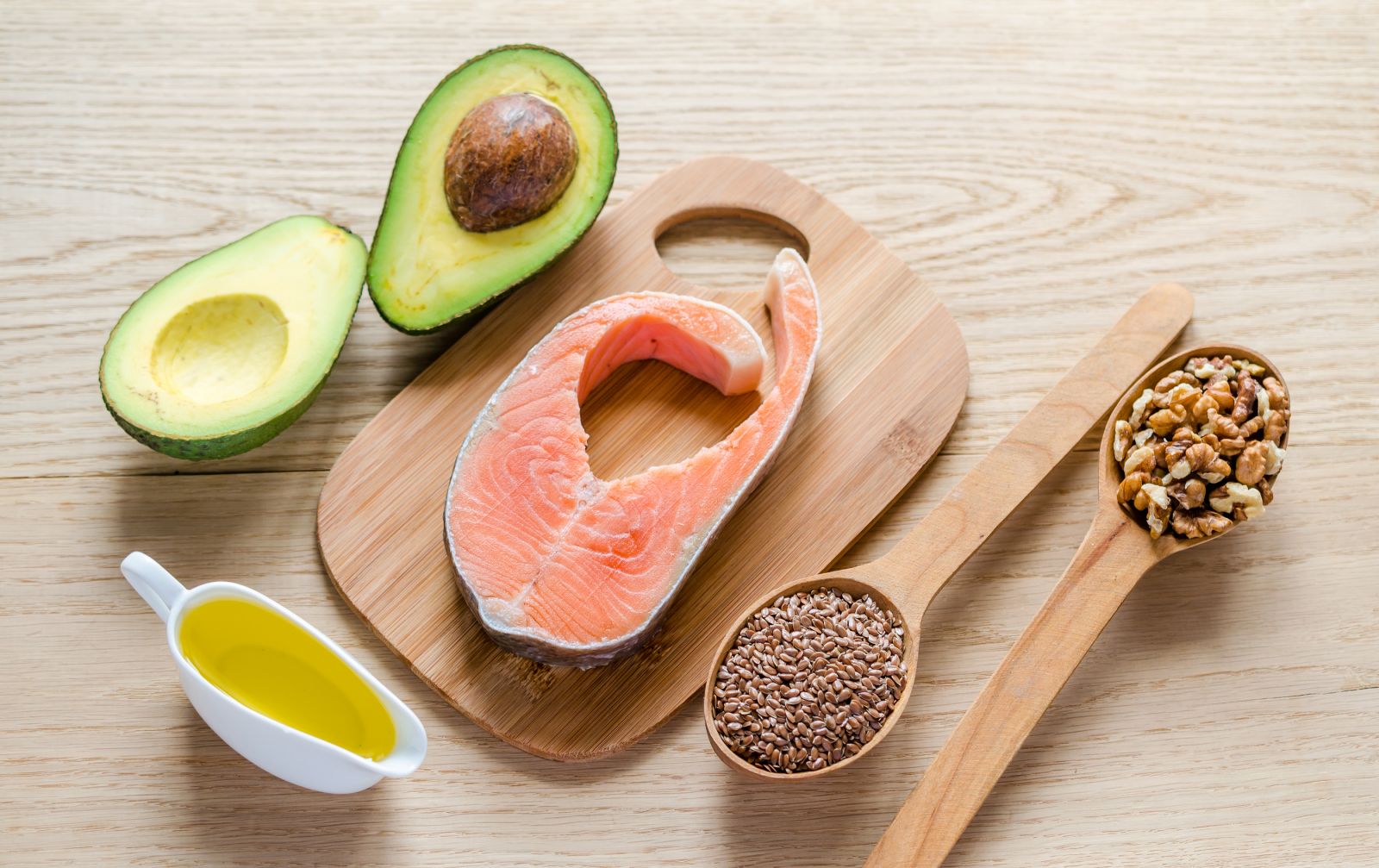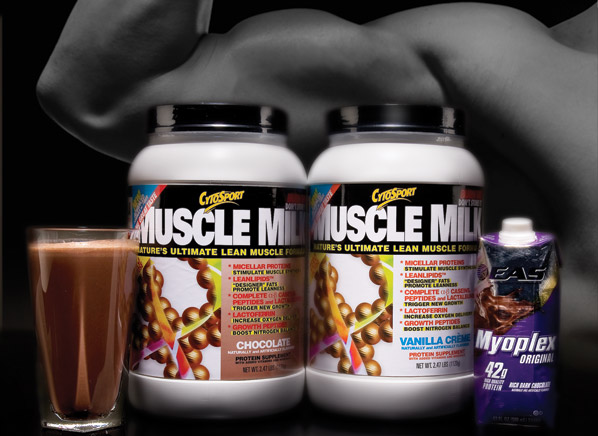Brain Boosting
"Everyone is trying to get ahead and compete, stay awake and do well."
"[Brain health is a] murky area. Honestly, I think it's very under-substantiated [nootropics support]. . . and I don't think anybody should be taking anything [drugs to improve intellect] that hasn't been investigated to ensure it doesn't have long-term consequences."
Dr. Sandra Black, director, brain sciences program, Sunnybrook Research Institute
"I was looking for things to take outside of prescription meds."
"[Nootropics have become a] helpful tool [to manage his ADHD symptoms, reducing reliance on medication]."
"You have to get the dosage just right."
Simon, Toronto-based entrepreneur
"We know that it [Alzheimer's drug] has adverse effects. Period. End of story."
"We are more sure of the adverse effects than the benefits."
"If you are buying something online, you are assuming that it is what they say it is. But what it says on the label may not be what's in the bottle."
Dr. Jose Lanca, professor of pharmacology, University of Toronto

There's a cure for everything, people like to believe. Even stupidity. Oops, perhaps that's a bit too harsh. Let's say, even the lack of acute intelligence? Awareness? Self-motivation? So the newest thing on the market is taking a combination of drugs, self-administered and self-selected for optimal personal effect, to boost brains. And young professionals appear to be in the forefront of this hot new fad. Eager to become quicker at assimilating information, resulting in a heads-up leading to a leg-up in career trajectory.
Or so the story goes. So a new market has opened up edging itself sideways between drug use and supplemental aids. Called cognitive enhancers, they are also called nootropics presenting in an array of substances obtained most frequently in a powdered form. Allowing those wishing to use them to play at being their very own chemist; home their pharmacy. Since the object is to mix and match ingredients to discover the formula just right for their personality.
The goal being to reach their critical aspirations leading to success through performance through enhanced memory, learning, concentration, alert state, mood and creativity, banishing laziness and complacency in the very thought that one is more than adequately equipped by nature and good fortune in genes. These are substances, the nootropics that Health Canada has not swivelled around to approving, much less classifying.
But whatever is illegal in Canada can be found through other means, and online sales are increasingly the route of mass-approved alternatives. Imported for personal use, these substances have found favour in the self-absorbed who are always anxious to get on board the next new sensation. Silicon Valley gave birth to this new trend and it has arrived in Canada.
It had a perhaps less controversial initiation as a trend developed originally in the treatment of cognitive impairment, but vendors now state the increasing use of nootropics by healthy, ambitious young professionals to boost productivity has overtaken the process and the purpose. Dr. Black, a professor in medicine who has 25 years of experience in research in dementia and neuroscience is not impressed.

She does feel, however, that nootropics may prove to be less harmful to users than amphetamines, used to abuse status for the very same end-result. The benefits, side effects and instructions on use, where to obtain them and other details form a hot topic on online forums. Simon, who withheld his identifying last name tested five different substances in a trial and error process to find what best worked for him. "It was a gamble."
The impact can be different each time, depending on the user's mood, on the time of day, or other factors unknown. In Simon's experience the increased level of focus is invariably followed by an intense burnout where a multiple-hours nap in the middle of the day can be a needed consequence. Although little testing has been conducted on healthy patients, one of the most commonly used nootropics is one used by Alzheimer's patients.
Dr. Andrew Hill describes the newly opened field of nootropics as the "Wild West of people manufacturing and selling white powders". He is himself a cognitive neuroscientist and proponent of nootropics. And he sells the product that he has engineered, online with a cost of about $125 on a monthly basis. But it's up to consumers to do their own research and use the product with caution.
Still, there's a resource for that, too, a startup from Irvine California which developed a platform meant to assist consumers to measure the nootropics effect. "We are guiding customers through unchartered territory [preventing them from] relying on their own scientific interpretations", said the startup vice-president Nicholas Perkins, whose company's app will collect and analyze health data, including heart rate, weight, anxiety and energy levels.
Labels: Behavioral Intervention, Drugs, Health























